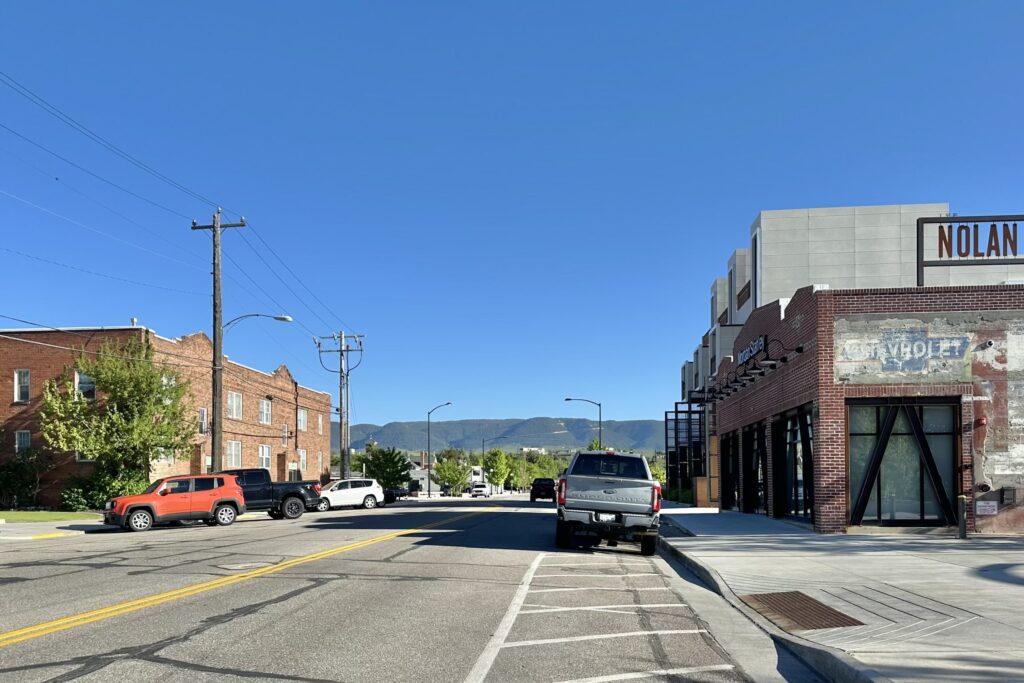Wyoming’s ambulance billing landscape confronts the nation’s most extreme geographic challenges, with average transport distances exceeding 67 miles while Medicaid reimbursement rates hover at just 41% of actual costs, threatening EMS sustainability across the least populated state.
Payer Mix Reality
Wyoming’s EMS payer mix reflects frontier demographics and energy sector employment patterns. Typical distributions show: Commercial Insurance 35%, Medicare 27%, Medicaid 24%, and Self-pay 14%. The higher self-pay percentage includes significant out-of-state tourist and energy worker populations, creating collection complexities.
The dominant commercial payers in Wyoming include Blue Cross Blue Shield of Wyoming, UnitedHealthcare, Cigna, and various self-funded energy company plans. Average reimbursement rates vary dramatically between urban centers and frontier regions. Medicare pays approximately $485 for BLS transports and $725 for ALS transports with substantial mileage components. Commercial insurers typically reimburse 135-175% of Medicare rates, while Wyoming Medicaid reimburses just $198 for BLS and $315 for ALS transports.
Collection rate challenges intensify with Wyoming’s vast distances and transient populations. EMS providers report average collection rates of 54% for commercial insurance, 96% for Medicare, 91% for Medicaid, but only 5-8% for self-pay accounts. The combination of extreme geography and population mobility severely impacts Wyoming EMS billing recovery efforts.
Schedule a demo today—24-hour turnaround to master frontier EMS revenue challenges.
State Medicaid & Compliance
Wyoming Medicaid’s reimbursement structure fails to recognize the extraordinary costs of frontier EMS delivery. Current rates stand at $198.40 for BLS emergency transports and $315.25 for ALS emergency transports, with mileage reimbursed at $5.50 per loaded mile—critical given extreme distances but still inadequate for sustainability.
Timely filing limits for Wyoming Medicaid require claims submission within 365 days from the date of service. The Department of Health’s Healthcare Financing Division oversees compliance, with relatively straightforward requirements compared to other states, but challenging given limited rural administrative resources.
The No Surprises Act implementation affects Wyoming ambulance debt compliance primarily through federal requirements, as the state lacks additional balance billing restrictions. Prior authorization isn’t required for emergency transports, but becomes mandatory for non-emergency services. Wyoming Medicaid requires Physician Certification Statements documenting medical necessity for scheduled transports, particularly challenging given physician shortages.
Collection Laws
Wyoming’s FDCPA implementation relies primarily on federal regulations with limited state-specific additions. Collection agencies must register with the Wyoming Division of Banking but face fewer state-specific restrictions than most states. Wyoming’s approach balances sparse regulation with recognition of business needs in a frontier state.
Specific collection restrictions follow federal FDCPA guidelines, including prohibited contact times (before 8 AM or after 9 PM Mountain Time), workplace contact limitations, and validation requirements. Wyoming emergency medical transport collections benefit from the state’s business-friendly environment while maintaining federal consumer protections.
The statute of limitations for medical debt in Wyoming is eight years for written contracts or eight years for open accounts, among the longest in the nation. State-specific patient protections include wage garnishment limitations (25% of disposable earnings or amount exceeding 30 times the federal minimum wage), homestead exemptions up to $20,000, and limited additional protections.
Schedule a demo today—24-hour turnaround to implement effective collection strategies in Wyoming’s unique environment.
Local EMS Landscape
Wyoming’s EMS landscape epitomizes frontier medicine challenges with vast service areas and limited resources. Healthcare anchors include Cheyenne Regional Medical Center, Wyoming Medical Center (Casper), and numerous critical access hospitals struggling to survive. Many communities rely on facilities in neighboring states for specialty care.
The EMS system features a mix of 911 and private services, predominantly county-based or volunteer services. Cheyenne and Casper operate municipal services with American Medical Response providing backup. Most counties contract with volunteer fire departments or struggle to maintain any consistent EMS coverage. Mutual aid agreements span hundreds of miles, with some areas experiencing response times exceeding two hours.
Average transport distances in Wyoming rank as the nation’s longest. Routine transports in frontier counties exceed 60-80 miles to reach basic emergency departments. Interfacility transfers to Cheyenne, Casper, or out-of-state trauma centers in Denver or Salt Lake City regularly surpass 300 miles. Air ambulance utilization remains essential but creates additional billing complexities. Unique contracting norms include extensive reliance on volunteer services, creative funding through energy sector partnerships, and interstate agreements for border communities.
Case Study
In Casper, Wyoming Medical Center’s EMS reduced its 120-day A/R from $2.1 million to $1.2 million by implementing specialized frontier billing strategies. The service partnered with ambulance collection experts experienced in extreme rural markets. By deploying satellite-based connectivity for real-time insurance verification and establishing relationships with out-of-state payers common in energy sectors, they improved collection rates by 43% despite geographic challenges. The system particularly addressed Wyoming’s surprise billing ambulance compliance through clear communication protocols for out-of-state patients unfamiliar with frontier EMS costs.
The Wyoming Department of Health’s 2023 Office of Emergency Medical Services Report documented that 78% of EMS agencies operate at unsustainable loss levels, with average response areas exceeding 1,500 square miles.
Schedule a demo today—24-hour turnaround to implement survival strategies for Wyoming’s extreme EMS environment.
Compliance Guarantee
Midwest Service Bureau’s ambulance collection services ensure 100% compliance with Wyoming and federal regulations while maximizing revenue in frontier conditions. Contact our Wyoming ambulance billing specialists today at 316-263-1051 for solutions designed for the nation’s most challenging EMS geography.




